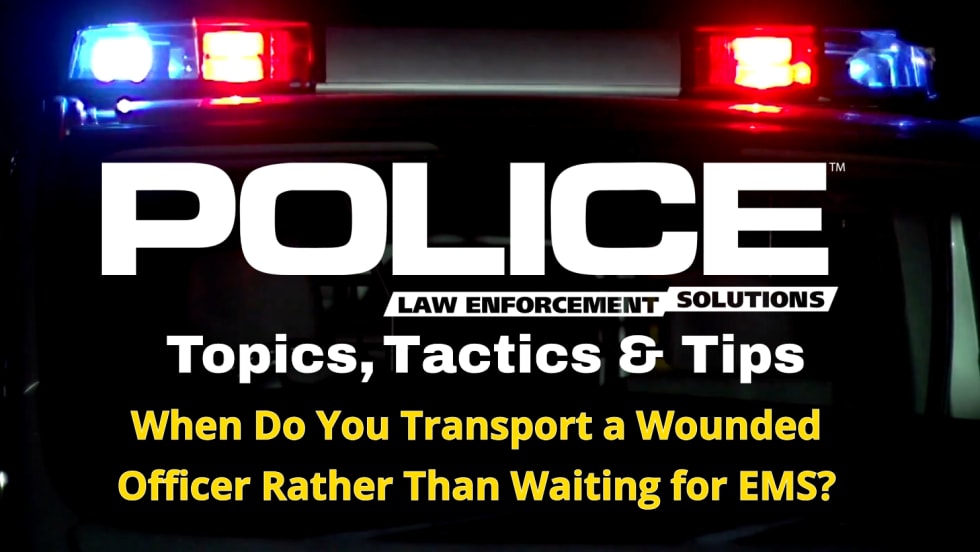Training is one of the most expensive and time-consuming operations conducted by any law enforcement agency. In-service training is particularly difficult for agencies now facing shortages of sworn personnel. When you don’t have enough officers to cover calls, pulling officers off the street for training is not easy. Plus, it means even more overtime expense for the agency, as somebody has to cover for the officers in training.
Because in-service training is such a huge drain on resources, many agencies have turned to online training to reduce the need for classroom sessions and to make training more efficient. But in order to get the most return out of their investment in an online training platform, agencies need to know how to use them to their best advantage.











